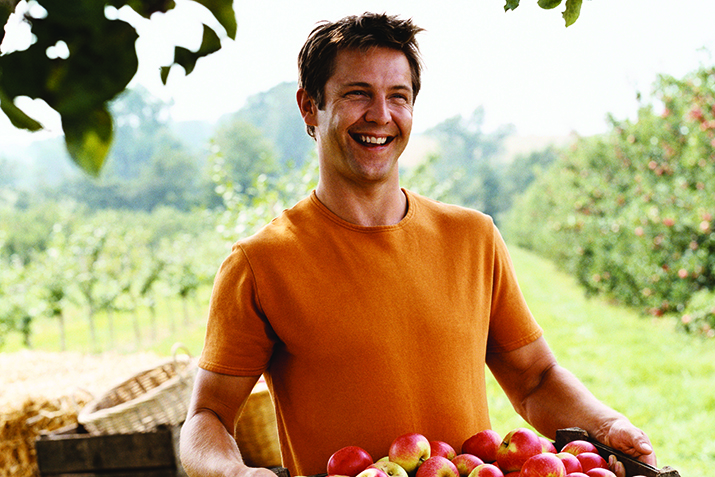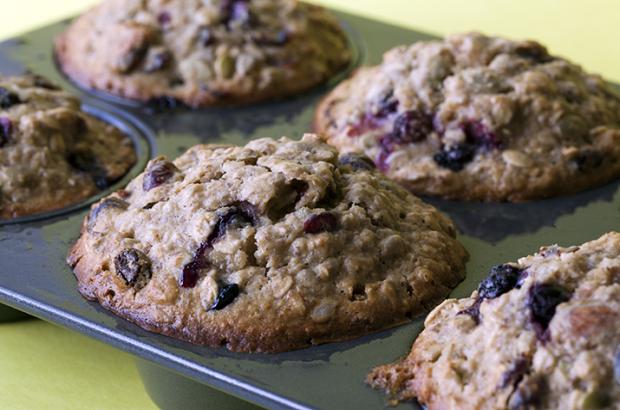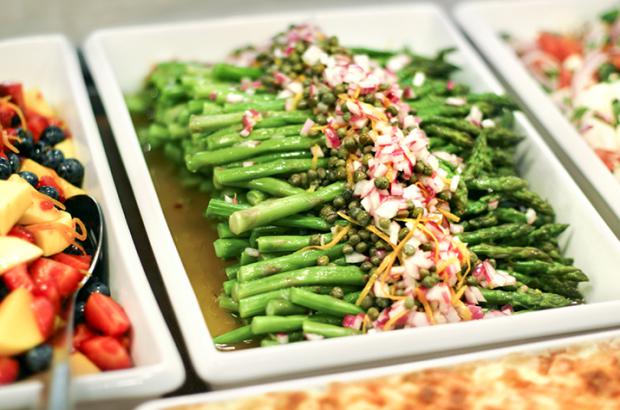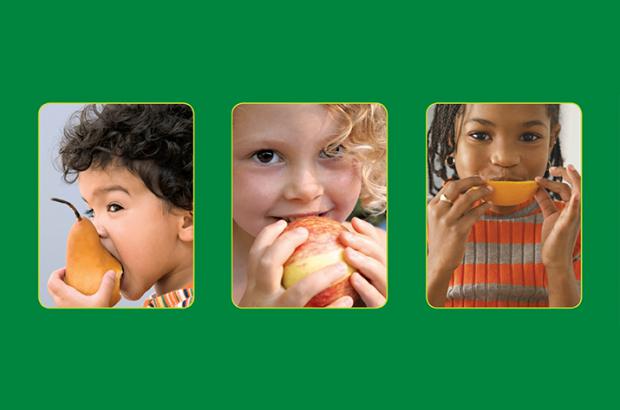Article
Food for Thought

We all want to eat great-tasting food. But food that goes beyond delicious, nourishing our bodies, our environment, and our local economy, is really great food. And it's easy to find if you know where to look.
Food co-ops are one such place. Though not the biggest players in the industry, co-ops have long been leaders in sustainable, local, and organic food movements, helping to pave the way for the growth of farmers’ markets and community-supported agriculture (CSA) programs throughout the country. With their far-reaching influence on the American food landscape, co-ops are sure to continue leading the way in the food related movements of the future.
Even if you’re in the right place, however, that food landscape can be confusing. There are an increasing variety of food terms and labels, like “organic,” “natural,” “sustainable,” and “local.” Some terms, like “organic,” are government regulated; others are not. The grocery.coop Food Glossary can help, but learning more about the systems that produce our country’s food can offer more insight into what all those terms really mean for you.
Most food grown in the U.S. is produced by the industrial system, in which large farms grow a few commodity crops with the use of advanced machinery, petroleum-based fertilizers, and chemical pesticides. The majority of these farms grow huge tracts of corn and soybeans, much of which is used to feed animals being raised in massive feedlots for meat.
The crops actually destined for human dinner tables are not always the most flavorful varieties, either, since large-scale farms must choose plants that can withstand long-distance transportation from the field to your supermarket. Besides planting with an emphasis on durability over flavor, conventional industrial farms also likely use chemical fertilizers and pesticides and keep prices down by paying very low wages to farm workers. If you’re focused on health and nutrition, fairness, and flavor, this food might not leave the best taste in your mouth.
A small fraction of our country’s food is raised organically or on small farms that can’t afford to—and usually don’t want to—ship food long distances. Small farms often grow a variety of crops (called “polycultures”), which mimic natural environments in which many types of plants and animals grow symbiotically in an interdependent system that supports long-term soil fertility and pest control. This type of farming is usually referred to as “sustainable,” since it does not consume more resources than it replaces, and its practices improve, rather than deplete, the health of the soil.
By supporting small farms near your home—within 100 miles, for example—you can help keep these operations in business while enjoying the freshest food and supporting your local community. And that’s what great food is all about.













